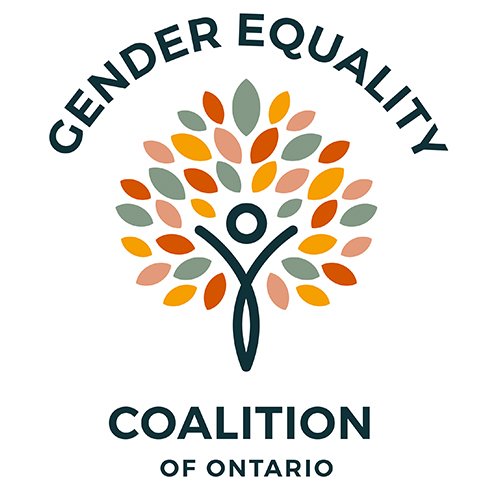Becoming a Stellar Intersectional Gender Equality Advocate
In a world striving for gender equality, being an advocate means more than just supporting one gender or gender identity. True advocates recognize that gender equality should be intersectional, inclusive, and accessible to everyone.
So, if you're looking to become an exemplary intersectional gender equality advocate, here are some suggestions to get you started:
Educate Yourself: The first step towards being an effective advocate is to educate yourself. Familiarize yourself with the diverse experiences and challenges faced by different gender identities, including transgender, non-binary, and gender-nonconforming individuals. Read books, articles, and listen to the stories of people from various backgrounds.
Listen Actively: Being a good advocate involves actively listening to the experiences and concerns of others. Attend workshops, seminars, and discussion groups to understand the issues that affect different gender identities. Be open to learning from those with lived experiences and don't interrupt or dismiss their stories.
Use Inclusive Language: Language is powerful. Make an effort to use inclusive language that respects and acknowledges all gender identities. Avoid making assumptions about people's pronouns and use gender-neutral language when appropriate. Ask people for their pronouns and respect their choices.
Support Intersectionality: Intersectionality is the idea that individuals may experience discrimination or privilege based on multiple factors, such as race, sexuality, disability, or socioeconomic status, in addition to their gender identity. Recognize these intersections and advocate for gender equality while addressing these complex, intertwined issues.
Challenge Stereotypes and Biases: Advocates should actively challenge stereotypes and biases related to gender. Be vocal when you encounter harmful stereotypes and work to dismantle them through education and dialogue. Encourage others to do the same.
Allyship and Solidarity: Stand in solidarity with marginalized groups. Be an ally to individuals whose experiences may differ from your own. Support their initiatives and use your privilege to amplify their voices.
Advocate for Policy Change: Effective advocacy often involves pushing for policy changes at various levels of government and within organizations. Engage with lawmakers, participate in advocacy campaigns, and support organizations working toward gender equality and intersectionality.
Support Inclusive Organizations: Seek out and support organizations that prioritize inclusivity and intersectionality in their work for gender equality. Volunteer, donate, or collaborate with these organizations to amplify their impact.
Self-Reflect and Evolve: Acknowledge that advocacy is an ongoing journey. Continuously self-reflect and be open to growth and change. Learn from your mistakes and strive to do better.
Engage in Constructive Dialogue: Engage in respectful and constructive conversations with others, even when you disagree. Changing hearts and minds often requires patience and empathy.
Remember, becoming an intersectional gender equality advocate is a journey, not a destination. It requires ongoing dedication and a commitment to understanding and supporting the diverse experiences of all gender identities.

